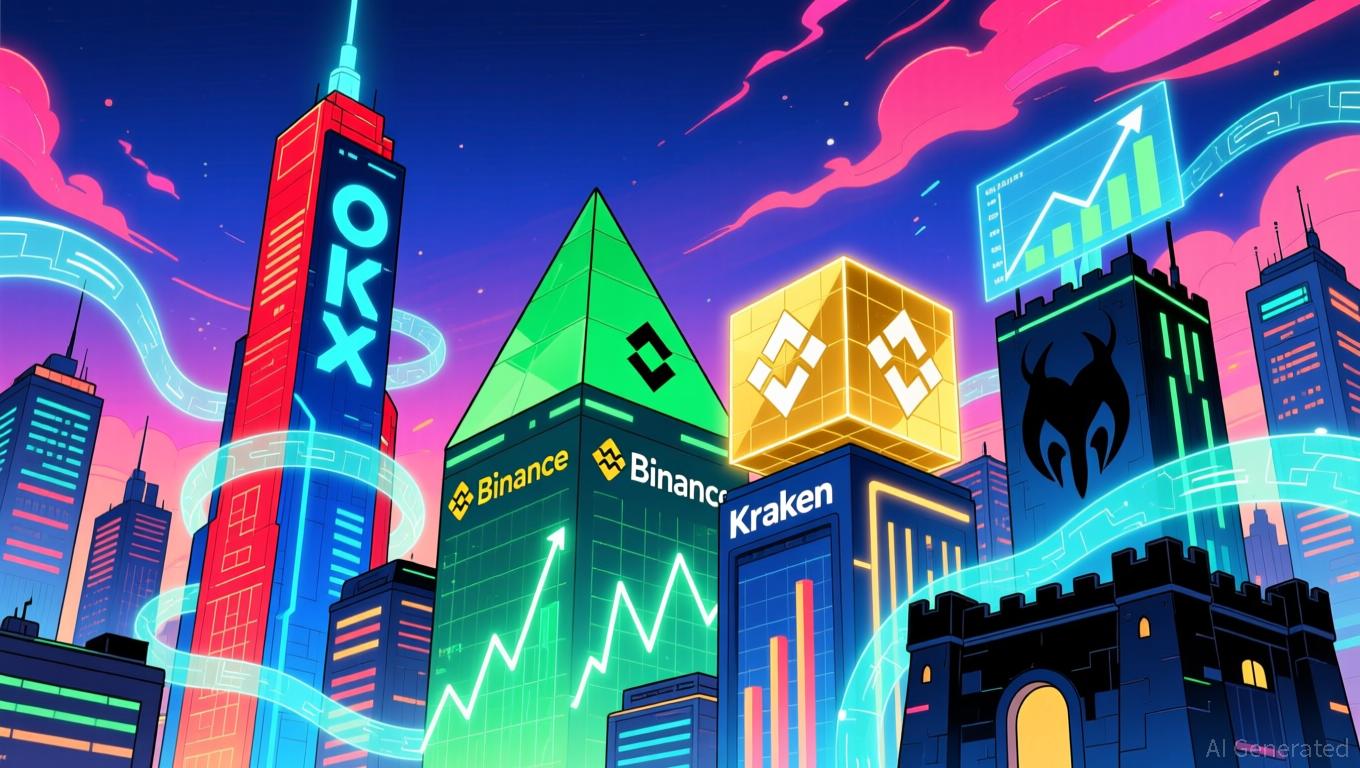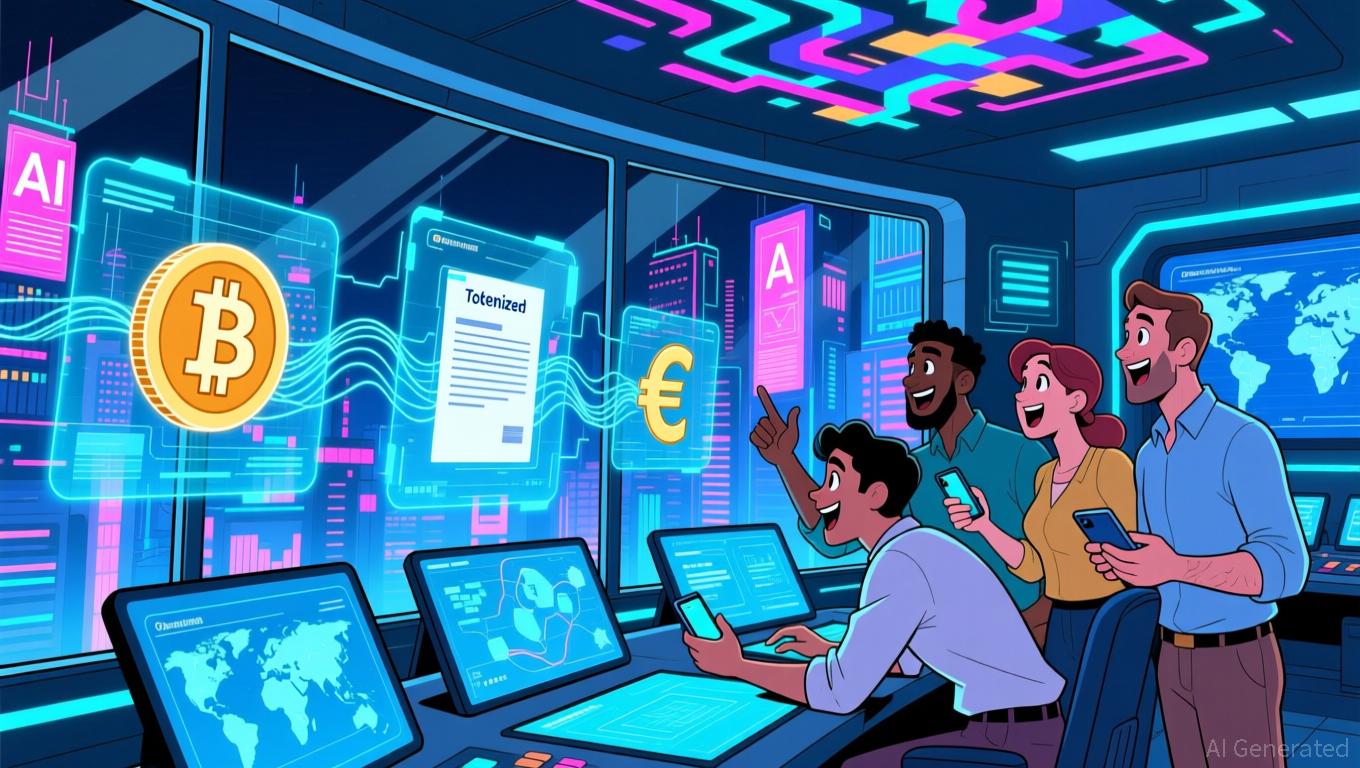- The US has officially stopped minting pennies
- Rising production costs led to the decision
- Bitcoin’s scarcity stands in contrast to inflation
After over two centuries of circulation, the United States has officially stopped minting the penny. Introduced in 1793, the one-cent coin has long been a symbol of everyday transactions. But in recent years, its value has eroded to the point where making a penny actually costs more than it’s worth.
According to recent figures, it now takes 3.7 cents to mint a single penny — more than triple its face value. The U.S. Mint has faced rising metal costs, inflation, and logistical expenses that made continuing penny production unsustainable.
While the sentimental value of the penny remains, practicality and economic logic have prevailed. Other countries like Canada and Australia ended their lowest denomination coins years ago, and the U.S. has finally followed suit.
Why Bitcoin Matters in Times Like These
The end of the penny highlights a deeper issue: inflation. As traditional currencies lose value over time, many people are turning to alternative assets that hold or even grow in value. This is where Bitcoin enters the conversation.
Unlike fiat currency, Bitcoin has a hard supply cap of 21 million coins. No central authority can mint more. This scarcity is what makes it attractive in an era when inflation eats away at purchasing power.
The decision to stop minting pennies may seem minor, but it’s part of a larger shift in how we perceive and use money. Digital assets, particularly Bitcoin, are increasingly seen as stores of value in a world where governments can print unlimited currency, but can’t control economic forces like inflation forever.




